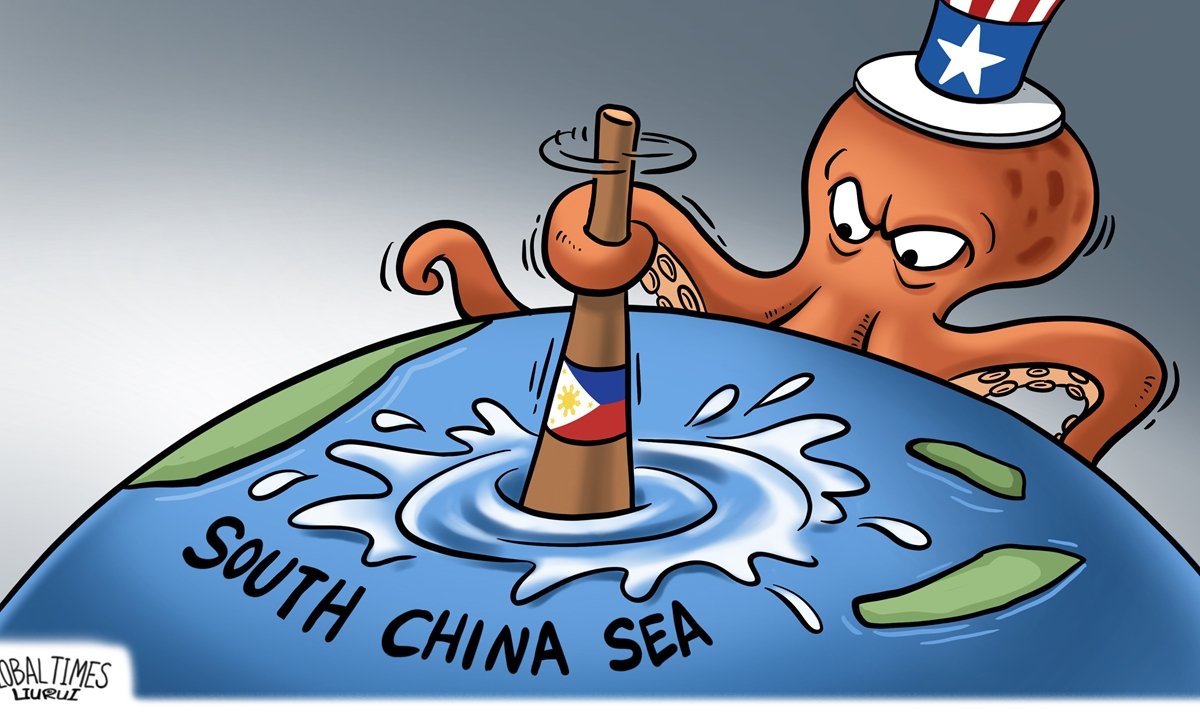Introduction
Recent events in the South China Sea, specifically concerning the Ren’ai Jiao dispute, have drawn global attention. Behind the scenes, many are pointing fingers at the US for using the dispute as a means to incite conflict between China and the Philippines. This is viewed by some as a calculated maneuver by the US to further its geopolitical ambitions.
China’s Standpoint on Peace in the Region
In a recent visit to Singapore and Malaysia, Senior Chinese diplomat Wang Yi, a member of the Political Bureau of the CPC Central Committee and Minister of Foreign Affairs, voiced China’s position on the issue. The message was clear: China believes that the primary responsibility of maintaining peace in the South China Sea lies with the countries in the region itself, without external interference.
Wang highlighted that, over the years, the collective efforts of China and ASEAN members have kept the South China Sea largely tranquil. This stability has not only fostered trust but also set the stage for economic and infrastructural development among the involved nations.
Decoding Wang Yi’s Speech
Experts opine that Wang Yi’s speech served a dual purpose. On one hand, it addressed the speculations and narratives put forward by the US and several Western countries regarding the South China Sea issue. On the other, it extended an olive branch of dialogue to the Philippines.
The significance of Wang’s meetings with the foreign ministers of Singapore and Malaysia cannot be underestimated. Li Kaisheng, vice president of the Shanghai Institutes for International Studies, suggests that these interactions presented ASEAN countries with an undistorted view of China’s stance. It was a chance to hear China’s perspective without the influence of US-driven provocations.
Furthermore, there was an implicit hope that the Philippines, despite its historical alliance with the US, would recognize China’s position and potentially find a middle ground.
The Philippines and External Backing
The tension between China and the Philippines escalated due to the Philippines’ transportation of construction materials to China’s Ren’ai Jiao. Several Western nations, spearheaded by the US, expressed support for the Philippines, despite the act being labeled as ‘illegal’ by China.
The response from China to the Philippines’ actions has been described by the former as ‘legitimate’, ‘restrained’, and ‘professional’. In essence, China claims to have acted within the framework of international regulations. This perspective is reinforced by statements from the Chinese Defense Ministry spokesperson, emphasizing that China’s actions were in line with the preservation of its national sovereignty.
China’s Offer of Bilateral Dialogue
In the midst of rising tensions, China’s offer for bilateral dialogue stands out as a beacon of diplomacy. Wang emphasized China’s repeated offers to address differences with the Philippines through dialogue, not confrontation. The hope is that the Philippines will honor past agreements, value the trust built over years, and collaborate with China to address maritime concerns.
Furthermore, Wang’s comments underscore China’s eagerness to finalize the Code of Conduct in the South China Sea. This code aims to establish regional norms that resonate with international laws, including the United Nations Convention on the Law of the Sea.
A Vision of Unity in the South China Sea
In his concluding remarks, Wang stressed that China and ASEAN countries are equipped with the wisdom and means to sustain peace in the South China Sea. By drawing upon collective wisdom and respecting mutual interests, a harmonious ‘common home’ can be realized for all nations involved.
Conclusion
The South China Sea has long been a crucible for geopolitical tensions. Recent events around the Ren’ai Jiao dispute have only magnified the intricacies of these tensions. While accusations and counter-accusations fly, the fundamental desire for peace and stability in the region remains strong among the involved countries.
China, as one of the primary stakeholders, has made its position clear. It seeks to foster a sense of collective responsibility among the ASEAN nations, free from external interference. Whether the South China Sea will witness an era of extended peace or further tensions remains to be seen. However, the commitment to dialogue and understanding, as emphasized by Wang, provides a ray of hope for the future.
Read More:
